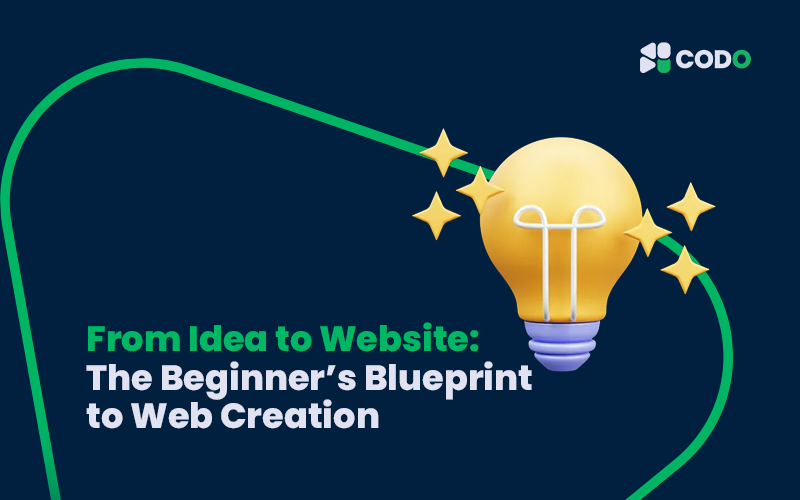Creating a Sports Club Website Using WordPress
Thu, 01 May 2025

Follow the stories of academics and their research expeditions

Have you ever thought of building your own website but didn’t know where to start? You’re not alone! Many beginners feel confused when they hear terms like hosting, domain, or WordPress. But don’t worry—this simple guide will take you step-by-step from your website idea to a fully working site.
Whether you’re a student, small business owner, or freelancer, this blog is your blueprint to web creation.
Step 1: Start with a Clear Website Idea
Ask yourself:
• What is the purpose of your website?
• Who is your audience?
• What kind of content will you show?
Examples:
• Portfolio website for a designer
• Blog for sharing recipes
• Online store using Shopify or WooCommerce
Keywords: website idea, website planning, beginner website guide
Step 2: Choose a Domain Name
Your domain name is your website’s address (like www.mybrand.com). Keep it:
• Short and simple
• Easy to remember
• Related to your idea
Use domain providers like GoDaddy, Namecheap, or Hostinger.
SEO tip: Include keywords in your domain if possible.
Step 3: Get Web Hosting
Web hosting is where your website files are stored. Think of it as your website’s home.
Popular hosting providers:
• Hostinger (recommended for beginners)
• Bluehost
• SiteGround
Look for:
• 99.9% uptime
• Free SSL
• 24/7 support
Keywords: beginner web hosting, affordable hosting, WordPress hosting
Step 4: Choose a Platform (CMS)
A CMS (Content Management System) helps you build websites without coding.
Top beginner-friendly CMS:
• WordPress – great for blogs and business sites
• Shopify – best for eCommerce
• WIX – simple drag-and-drop builder
If you’re just starting, WordPress is highly recommended.
Step 5: Design Your Website
Now comes the fun part—designing your site! Tools like Elementor (for WordPress) let you build beautiful pages with no coding.
Tips for good design:
• Use a clean and simple layout
• Make sure it works on mobile (responsive design)
• Choose easy-to-read fonts and colors
Use templates from Envato, ThemeForest, or the WordPress theme library.
Keywords: beginner website design, responsive website, WordPress themes
Step 6: Add Important Pages
Don’t forget to include the following pages:
• Home
• About
• Services or Products
• Contact (with form or WhatsApp)
• Blog (optional but good for SEO)
Bonus Tip: Add a Call-to-Action (CTA) like “Contact Us” or “Buy Now”.
Step 7: Add Plugins and Features
If you’re using WordPress, plugins help add extra functions:
• Yoast SEO – for search engine optimization
• Elementor – for design
• WPForms – for contact forms
• WooCommerce – for online stores
Just install what you need. Too many plugins can slow down your site.
Step 8: Optimize for SEO
SEO (Search Engine Optimization) helps your website appear in Google search results.
Easy beginner SEO tips:
• Use keywords in titles and content
• Add image ALT tags
• Create a mobile-friendly, fast-loading site
• Connect to Google Search Console
Keywords: beginner SEO, SEO for WordPress, website optimization
Step 9: Launch and Share Your Website
Before launching:
• Test your website on mobile and desktop
• Check all links and forms
• Ask friends to review it
Then publish and share it on:
Step 10: Keep Updating and Learning
Websites are not “set and forget”. Keep adding blog posts, updating products, and improving design. Learn more tools like:
• Google Analytics
• Canva Pro
• Meta Ads and Google Ads
Or join a beginner-friendly course like CODO Academy’s 15-Day Web Design Program to fast-track your success.
Final Words
Creating a website from scratch may sound hard, but it’s easy when you follow this step-by-step web creation blueprint. With the right tools and mindset, anyone—even beginners with zero coding knowledge—can build a stunning website.
Thu, 01 May 2025

Wed, 30 Apr 2025

Wed, 30 Apr 2025

Leave a comment